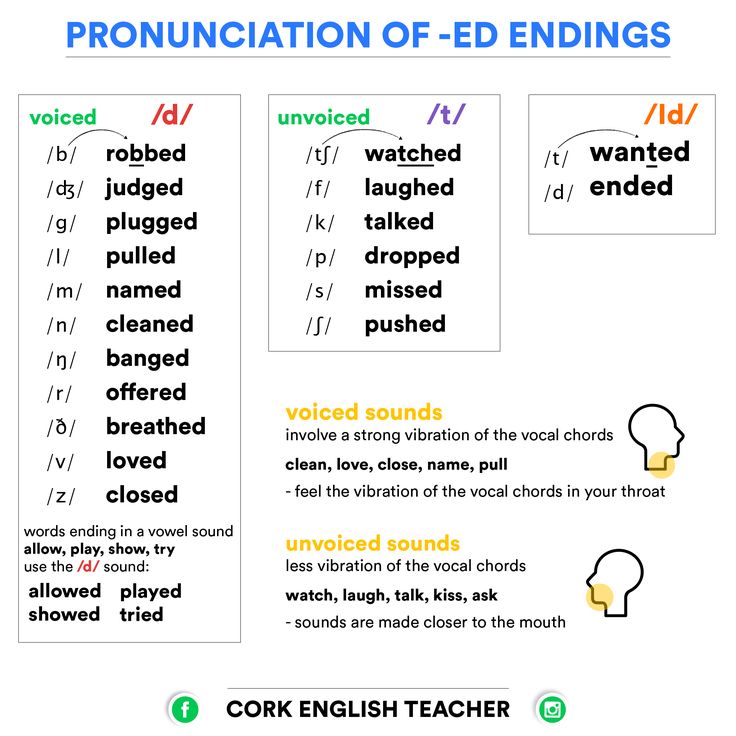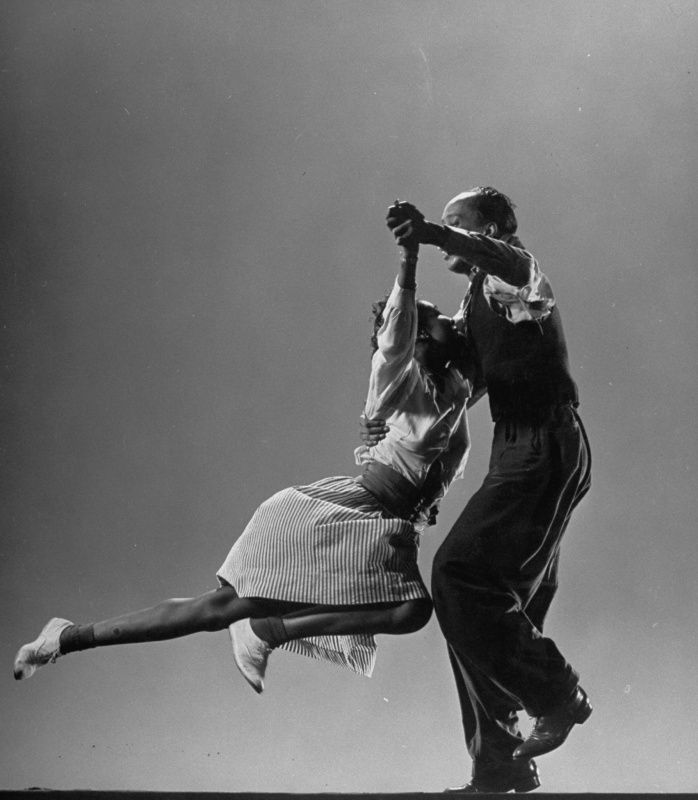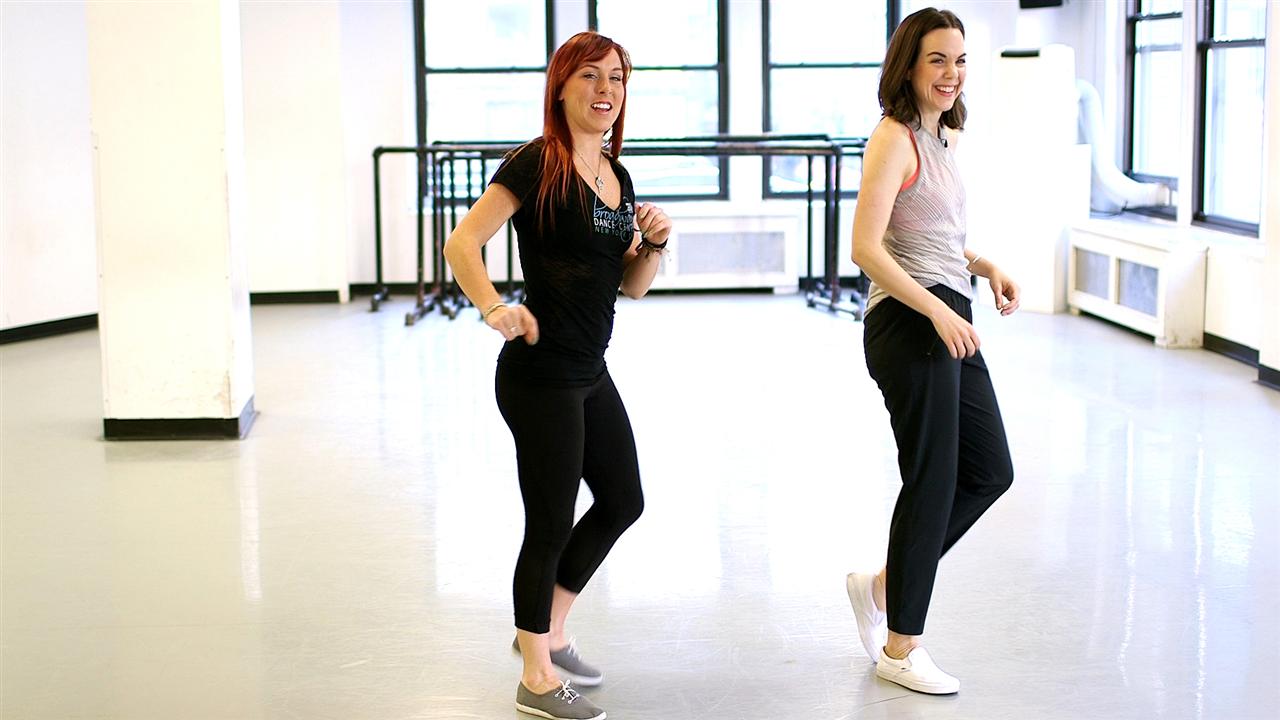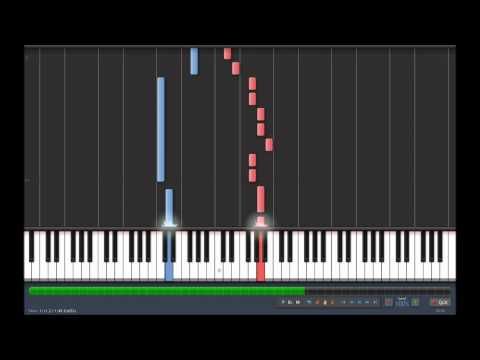How to pronounce dance
How to Pronounce DANCE & DENSE- American English Pronunciation Lesson
Sep 17, 2021 | How to pronounce English words correctly
Learn how to pronounce the words DANCE & DENSE with this quick English Speaking Pronunciation lesson.
These words are pronounced:
Dense: /dɛns/ and rhymes with fence, hence, pence, tense
Dance: /dæns/ and rhymes with lance
Definitions:
DANCE to move to music
DENSE a compacted substance
Sentence:
The dance crowd wanted to dance all night.
Transcript:
Hey everyone Jennifer from Tarle speech with your pronunciation question.
We have two words today:
dense which means a compacted substance and
dance which means to move to music.
So to say these words correctly both words start with the d sound. D
To say this sound you’re going to touch the tip of your tongue to the back of your top front teeth, voice box is on and moving, air puffs out.
We’re going to end with the same two sounds the n – tip of the tongue is behind the back of the top front teeth, air is moving out of your nose, then you’re going to move your tongue from the back of your top front teeth, pull it away from the teeth, that is not touching, it’s either behind the top front teeth, or pointed down, and the air is going to move out of the nose, out of the mouth, excuse me for the s sound
So we have ns ns ns
The difference that we’re going to be going for here is more with the vowel sounds today. How do we say the difference between a short e a and a short a a?
For the short e open your mouth slightly and you should be able to see the tip of your tongue between your top and your bottom teeth, that is the position – the tip of your tongue right between your top and your bottom teeth, mouth slightly open, just so you can see your tongue and your lips are relaxed, you do not want to pull your lips back too much because if you pull them back and make them too tense that will close your mouth and it might sound more like an e or an ih sound.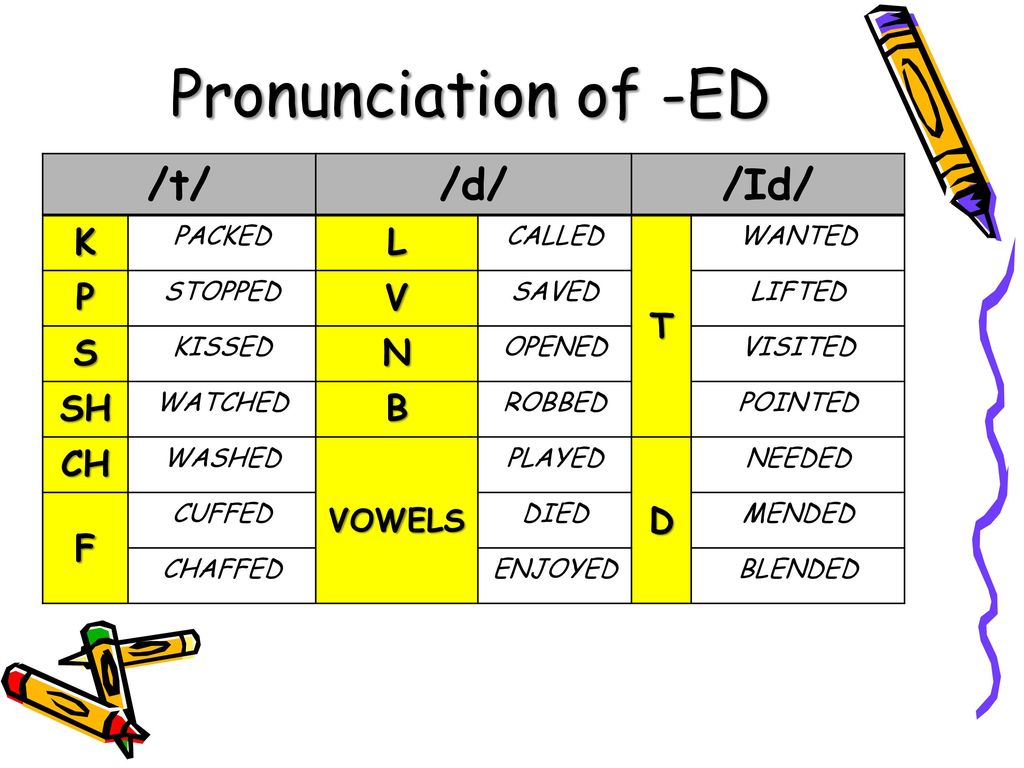
So it might sound like that long e or that short i by accident if your lips are too tense.
For the short ah you’re going to open your mouth even wider, and the tip of your tongue is going to be low in your mouth, and the back of your tongue is going to be pulled up towards the root roof of your mouth.
So we have eh ah eh ah eh ah
So again my hand is my tongue so this is the eh sound just between my teeth; and then the ah my tongue pops way down and comes way up in the back.
So let’s put those words together dense dense dense dance dance dance dense dance dense dance
And now for a sentence: The dense crowd wanted to dance all night.
So give it a try I know people are going to notice the difference if you found this helpful we’d love a share with your friends and give us a like check out our products on google play and itunes and our class options at Tarle speech. Thanks everyone!
How to pronounce DANCE in English
Your browser doesn't support HTML5 audio
uk
/dɑːns/
How to pronounce dance verb in British English
Your browser doesn't support HTML5 audio
us
/dæns/
How to pronounce dance verb in American English
Your browser doesn't support HTML5 audio
uk
/dɑːns/
How to pronounce dance noun in British English
Your browser doesn't support HTML5 audio
us
/dæns/
How to pronounce dance noun in American English
What is the definition of dance?
Test your vocabulary with our fun image quizzes
- {{randomImageQuizHook.
 copyright1}}
copyright1}} - {{randomImageQuizHook.copyright2}}
Image credits
Try a quiz now
Word of the Day
shower someone with something
UK
Your browser doesn't support HTML5 audio
/ʃaʊər/
US
Your browser doesn't support HTML5 audio
/ˈʃaʊ.ɚ/
to give someone a lot of presents or praise
About this
Blog
He could talk the hind legs off a donkey (How we talk, Part 1)
Read More
New Words
thermal tourism
More new words
Transcription of the song Dance Monkey - Tones and I
Executor: Tones and I
Transcription
[verse 1]
zey sey, "oh my gad, ai c the way yu shine
take yer hand, mai deer, end place zem bous in mine"
end now ai run tu si yu dance just one more time
u, ai si yu, si yu, si yu avary time
end ou may, ai, ai like yuer style
yu, yu make mi, make me, make mi ˈuane edge
and nau ai run tu cyu dance just one more time
[chorus]
sous sei
dance form mi, dance form mi, dance form mi, ou-ou-ou bifor
zey sei
move form mi, move form mi, move form mi, ayy-ayy-ayy
end uen yur dan ail make yu du it ol eˈgen
[verse 2]
ay sed, “ou may gad, ay C Yu Walkin By
Take May Hands, May Deer, And Look Me In May Aise
Just Like E Monkey, Ive Bean Dance May Hole Life
Bat Yu Just Run To C Mi Dance Just One More Time
u, ai si yu, si yu, si u avary time
end ou may, ai, ai like yuer style
u, yu make me, make me, make mi ˈuane edge one more time
[chorus]
sou zey sei
dance form mi, dance form mi, dance form mi, ou-ou-ou
iv ˈnever sin ˈenibadi doo ze sinz yu doo bˈfor mi
zeiform
zeyform
zeyform
zeyform
zeyform
zeyformi form mi, move form mi, ayy-ayy-ayy
end uen yur dan isle make yu du itol eˈgen
zey sei
dance form mi, dance form mi, dance form mi, ou-ou-ou, ou-ou, oh-oh
iw ˈnever syn ˈenibadi du ze sinz yu du biˈfor
zey sei
move form me, move form me, move form me, ayy-ayy-ayy
end wen yur ail make yu du itol egen
(du it ol eˈgen, du it ol eˈgen, du it ol eˈgen)
ou-ou, ou-ou, ou
u, u, u, u, u-u
(du it ol eˈgen) , du itol eˈgen, du itol eˈgen)
y, a-a, a-a
[chorus]
zey sei
dance form mi, dance form mi, dance form mi, ou-ou-ou
av ˈnever sin ˈenibadi du ze sinz yu du biˈfor
zey sey
move form mi, move form, move form, ayy-ayy-ayy
end uen yur dan isle make yu du itol eˈgen
zey sey
dance form, dance form, dance form, ou -ou-ou, ou-ou, ou-ou
iw ˈnever sin ˈenibadi du ze sinz yu du biˈfor
zei sei
move form mi, move form mi, move form mi, ayy-ayy-ayy
end uen yur dan ail make yu du it ol egen
ol egen
( Rating: 179 , Rating: 4.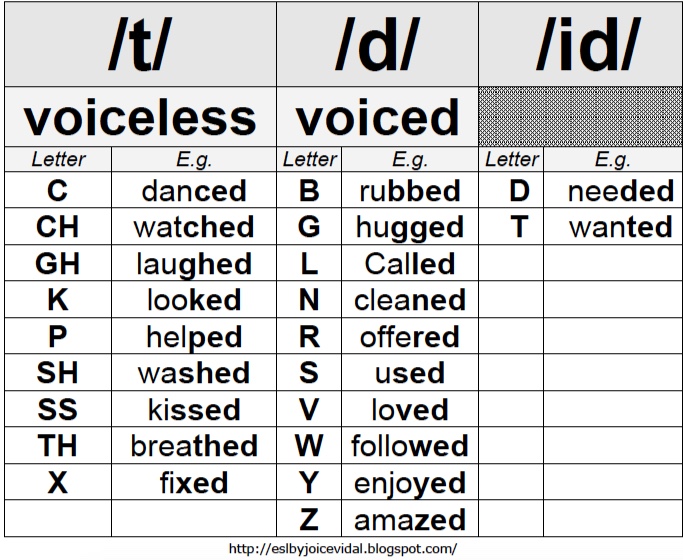 43 )
43 )
Loading...
Original
[Verse 1]
They say, "Oh my god, I see the way you shine
Take your hand, my dear, and place them both in mine"
You know you stopped me dead while I was passing by
And now I beg to see you dance just one more time
[Pre-Chorus]
Ooh, I see you, see you, see you every time
And oh my, I, I like your style
You, you make me, make me , make me wanna cry
And now I beg to see you dance just one more time
[Chorus]
So they say
Dance for me, dance for me, dance for me, oh-oh-oh
I've never seen anybody do the things you do before
They say
Move for me, move for me, move for me, ayy-ayy -ayy
And when you're done I'll make you do it all again
[Verse 2]
I said, "Oh my god, I see you walking by
Take my hands, my dear, and look me in my eyes"
Just like a monkey, I've been dancin' my whole life
But you just beg to see me dance just one more time
[Pre-Chorus]
Ooh, I see you, see you, see you every time
And oh my, I, I like your style
You, you make me, make me, make me wanna cry
And now I beg to see you dance just one more time
[Chorus]
So they say
Dance for me, dance for me, dance for me, oh-oh-oh
I've never seen anybody do the things you do before
They say
Move for me, move for me, move for me, ayy-ayy-ayy
And when you're done I'll make you do it all again
They say
Dance for me, dance for me, dance for me, oh-oh-oh Oh-oh, oh-oh
I've never seen anybody do the things you do before
They say
Move for me, move for me, move for me, ayy-ayy-ayy
And when you're done I'll make you do it all again
[Bridge]
Ooh, ooh, ooh, ooh, ooh
(Do it all again, do it all again, do it all again)
Oh-oh, oh-oh, oh , ooh-ooh
(Do it all again, do it all again, do it all again)
Ooh, ah-ah, ah-ah
[Chorus]
They say
Dance for me, dance for me, dance for me, oh-oh-oh
I've never seen anybody do the things you do before
They say
Move for me, move for me, move for me, ayy-ayy-ayy
And when you're done I'll make you do it all again
They say
Dance for me, dance for me, dance for me, oh-oh-oh, oh-oh, oh-oh move for me, move for me, ayy-ayy-ayy
And when you're done I'll make you do it all again
All again
Pronunciation of English sounds: æ, a:, ʌ. Detailed instructions.
Learning the correct English pronunciation is another challenge. The first difficulty is mastering the rules of reading, because words in English are read quite differently from how they are written. By the way, there is an excellent video about this phenomenon in our Material Library. I advise you to look!
The second difficulty: even if reading rules bounce off your teeth, and you know exactly what combination of letters - what sound means, you need to learn how to pronounce this sound. At the same time, it seems that the most “invincible” sounds for us are those that have no analogues in our language (like /w/ , /θ/, /ð/ ).
However, sounds that have “twins” in Russian turn out to be no less complex, because we willy-nilly replace them with our own, native ones. In this article, we will polish the pronunciation of three such sounds: / æ / , / ʌ / , / a: / .
In this article, we will polish the pronunciation of three such sounds: / æ / , / ʌ / , / a: / .
Let's do it according to the following scheme:
- Let's deal with pronunciation in detail in theory;
- Let's practice on a special set of words and tongue twisters for the sounds of the English language;
- Finally, let's find an example of the use of sound in a well-known song, so that it is imprinted forever in the auditory memory.
What's wrong with these sounds?
Why these sounds? Because we often replace them with one - Russian / a /, which creates our quite recognizable accent ( /æ/ can also be replaced by Russian /e/ ) .
Before starting, I will immediately make a reservation that I will not dwell on the rules of reading : the question is quite extensive, and the purpose of the article is to “train” on the correct pronunciation of the sound itself.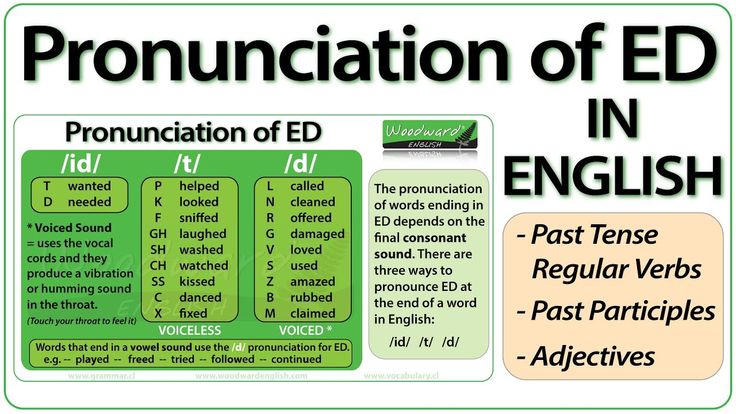 The second caveat: the article will use British pronunciation of words (below I will indicate which words are being discussed).
The second caveat: the article will use British pronunciation of words (below I will indicate which words are being discussed).
Sound /æ/ - neither A nor E
It is pronounced in such words as man , that , dad etc. This sound is called “frog” or “butterfly” for convenience, but its scientific name is “Near-Open Front Unrounded Vowel” .
How the speech apparatus works: the tongue is moved forward, the tip of the tongue touches the lower teeth. The middle back of the tongue is slightly curved forward and upward. The distance between the jaws is significant. Throat and tongue tense. The sound is short.
Possible error: replacing the sound / æ / with / e / or / a / , although this sound is neither. If we look for parallels with Russian phonemes, then it looks more like that sound / a /, which is used by us after soft consonants in the shock position (compare the sound in the word P A Litse and P LEVSIA, SCACH DIFFERENTS! At the same time, the corners of the lips move apart further from each other than for the word p i faces (as if you want to smile).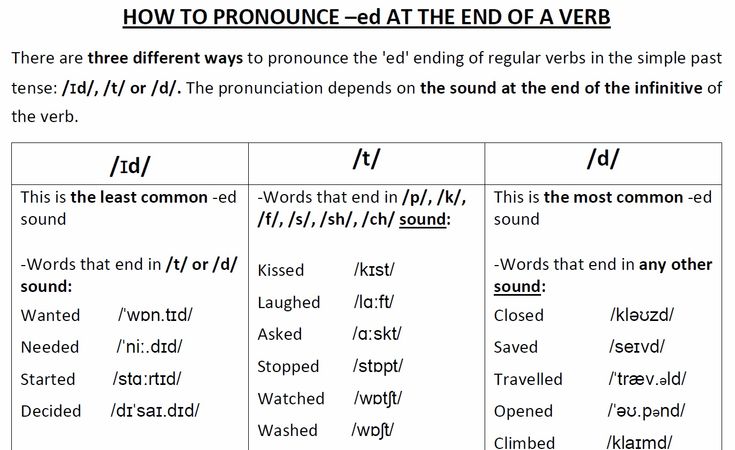
Another tip: prepare your mouth for the sound / e / (for example, start saying the word in e sch ), hold the speech apparatus in this position, but say the sound / a / .
If it is still difficult to understand, then I will describe one more trick: try to “push” the lower jaw down with the tip of the tongue , but at the same time remember about the “approaching smile” (the corners of the lips stretched to the sides). Happened? Approximately this position will have your articulatory apparatus when pronouncing this sound (see the picture).
At the link you will find a very useful video from Rachel's English from which this screenshot was taken.
So, we learned how to pronounce, now we need to fix the result. To do this, I propose to say a few dozen monosyllabic words with this sound. We adjust the speech apparatus to the desired position and start training:
bad /bæd/
map /mæp/
add /æd/
plan /plæn/
lamp /læmp/
/ back /fæt /fæt /fæt /fæt /fæt /fæt /fæt bæk/
can /kæn/
man /mæn/
hand /hænd/
fact /fækt/
Crab/ Kræb/
Catch/ Kætʃ/
Trap/ Træp/
Stamp/ Stæmp/
DAMP/ Dæmp/
Lap/ Læp/
BANK/ BQU/
DAD/ DAD/ DAD/ DAD/ DAD/ DAD/ DAD/ DAD/ DAD/ DAD/ DAD/ DAD/ DAD/ DAD/ DAD/ DAD/ DAD PAD / Pæd /
Mad / Mæd /
that / ðæt /
LaD / LQUA /
CAP / Kæp /
HAT / HQ /
Black / Blæk /
Scat / Skæt /
9000Rank / ræŋk/
gas /ɡæs/
rack /ræk/
Now practice your tongue twisters.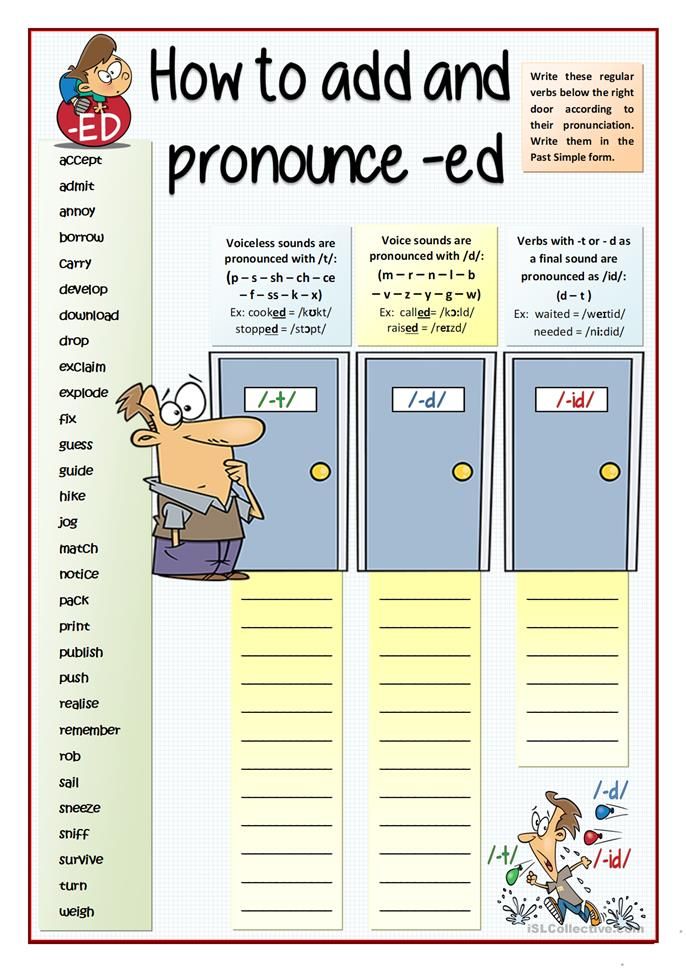 Just in case, the /æ/ sound is in bold:
Just in case, the /æ/ sound is in bold:
- H a rry a nd P a t st a nd h a nd in h a nd. a t c a t s a t on a m a t P a t h a s a f a t c a t P a t’s f a t c a t is in P a t’s h a t.
- I h a ve to cr a m for my ex a m.
In conclusion, the promised phrase from the song, which will firmly sit in your memory and will always remind you of the correct pronunciation:
I’m the Sc a tm a n!
Sound / ʌ / - let's find it in Russian In the linguistic people it is called “lid”, but its full name is “
Open Mid-Back Unrounded Vowel” . How the speech apparatus works: the tongue is not tense, located in the central part of the oral cavity, slightly pushed back. The back of the tongue rises to the front of the soft palate up to half the distance. The sound is short.
The back of the tongue rises to the front of the soft palate up to half the distance. The sound is short.
This time we are lucky: the sound has an analogue in Russian - it is prestressed /a/ or /o/ in words like n o went to 9023
Now it's time to practice this sound on a set of monosyllabic words.
BUT/ BʌT/
Love/ Lʌv/
Blood/ Blʌd/
Come/ Kʌm/
SOME/ Sʌm/
Much/ Mʌtʆ/
SUCH/ SʌTʃ/
000 9000 DALL/ DALL/ DALL/ DALL/
Gun / Gʌn /
Duck / dʌk /
Luck / Lʌk /
Puck / pʌk /
DOES / DʌZ /
Cup / Kʌp /
UP / ʌP /
Bus / BʌS /
Bun / Bun / bʌn/
Cut / Kʌt /
Fun / Fʌn /
NUT / NʌT /
HUT / HʌT /
SUM /
Numb / Nʌm /
Thumb / θʌm /
DUMB / Dʌm Crumb/ Krʌm/
Nun/ Nʌn/
Done/ Dʌn/
Son/ Sʌn/
We fix the result with tongue twisters:
- D OE U U R R R R R R R R R R R R R R R R r 9 o ther M o nday
- Don't tr ou ble tr ou ble until tr ou ble tr ou bles you.
 It only d ou bles tr ou ble and tr ou bles o thers, too.
It only d ou bles tr ou ble and tr ou bles o thers, too. - A f u nny p u ppy r u ns in fr o nt of a p u b. A fl u ffy p u ppy r u ns in fr o nt of a cl u b.
Traditionally, a line from a song. In my opinion, the composition of Robbie Williams “Come undone” is perfect for the “lid”, where he pronounces this sound 5 times in a row at the end of the chorus:
Because I'm sc u m. And I'm yours o n. I c o me u nd o ne.
Sound / a: / - show your throat to the doctor0164 ,
hard . In terms of articulation and sound, the sound resembles that which we pronounce when showing the throat to the doctor.
How the speech apparatus works: from Russian / a / it differs in that the tongue is moved further back and down and lies as flat as possible (imagine that the doctor presses the tongue with a spoon). With the correct pronunciation of the sound, you can see the soft palate in the mirror, which is impossible when pronouncing the Russian . The sound is long.
Now let's move on to practice on a set of words. Note that this is where the differences between the British and American pronunciations will be observed. As you know, Americans replace the sound / a: / with the sound / æ / in words like dance , ask , class etc.
Another difference: in words like car , far , star - Americans use the short sound / a / and pronounce / r / at the end.